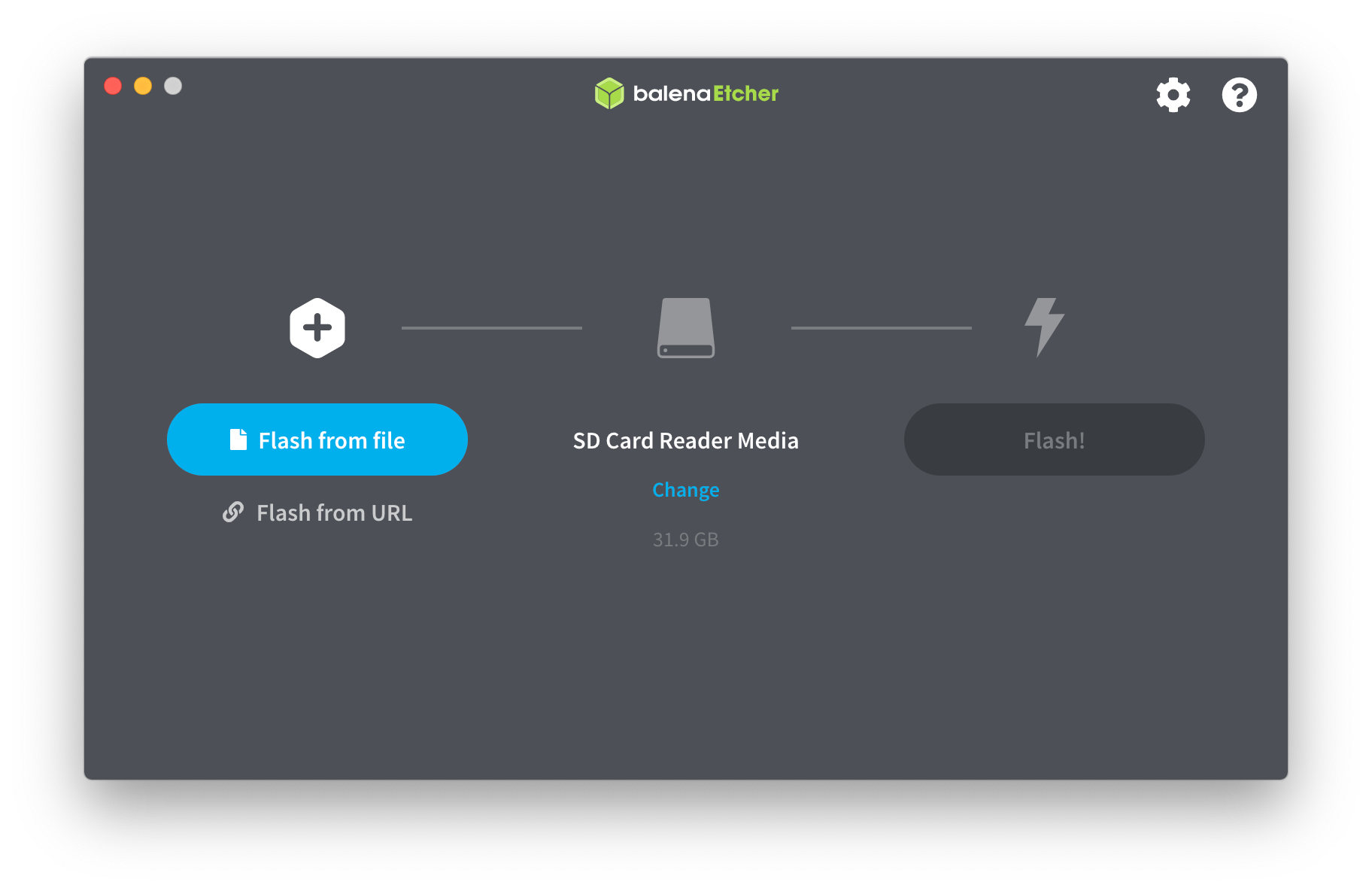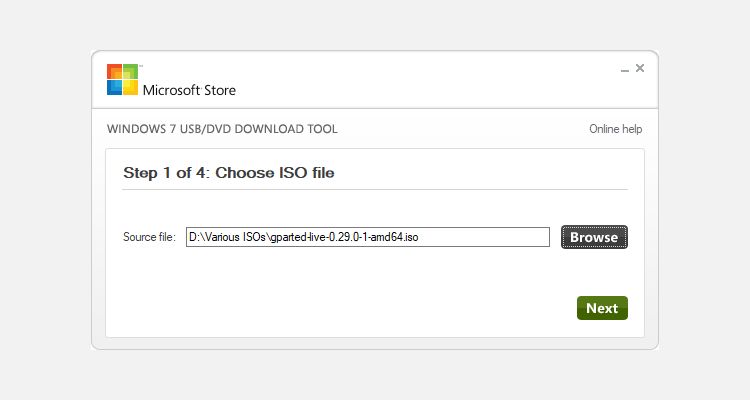

- #ACTIVE ISO BURNER TO USB PROJECT HOW TO#
- #ACTIVE ISO BURNER TO USB PROJECT INSTALL#
- #ACTIVE ISO BURNER TO USB PROJECT PASSWORD#
- #ACTIVE ISO BURNER TO USB PROJECT DOWNLOAD#
If you'd rather not reformat the USB device and keep the ability of putting files on it and accessible by other operating systems, you have the option of using the live-fat-stick or live-fat-stick scripts from command line or live-usb-gui point and click graphical interface. Using live-fat-stick, live-grub-stick, live-usb-gui (Command line or GUI way) After that your openSUSE bootable USB device is ready!
#ACTIVE ISO BURNER TO USB PROJECT PASSWORD#
So enter the password for root when prompted.
#ACTIVE ISO BURNER TO USB PROJECT INSTALL#
Or you can use this command as a root to install Imagewriter. Install SUSE Imagewriter with 1-Click Install These a general instructions to write an hybrid iso dvd to an usb device. You could, if you prefer, make a backup image of the stick prior to using it for installation, with dd, and recover it after the installation. See as of Nov 2019, this repo keep all the Leap versions (since 42.2 to 15.2), following the links lead to a repo "live" with live isos.
#ACTIVE ISO BURNER TO USB PROJECT HOW TO#
#ACTIVE ISO BURNER TO USB PROJECT DOWNLOAD#


However, if the target location is FAT, it may not be possible due to file system limitations. īy default File Recovery tries to create one file (chunk) for the whole volume/device. DIM)Īnd set of file chunks having extensions. These deleted files and folders from the Disk Image that you have wiselyĭisk Image Image format) consists of configuration file (with an extension. The same drive could destroy their contents), you will be able to recover

Here is the answer: If you do something wrong while attempting to recover the files (for example, recovering You might ask, "Why should I create a Disk Image on a drive that holds my deleted files?" It may be agood idea to create a Disk Image for a drive containing deleted files that you want to recover,if you have enough space on another drive. A Disk Image is a mirror copy of your entire


 0 kommentar(er)
0 kommentar(er)
